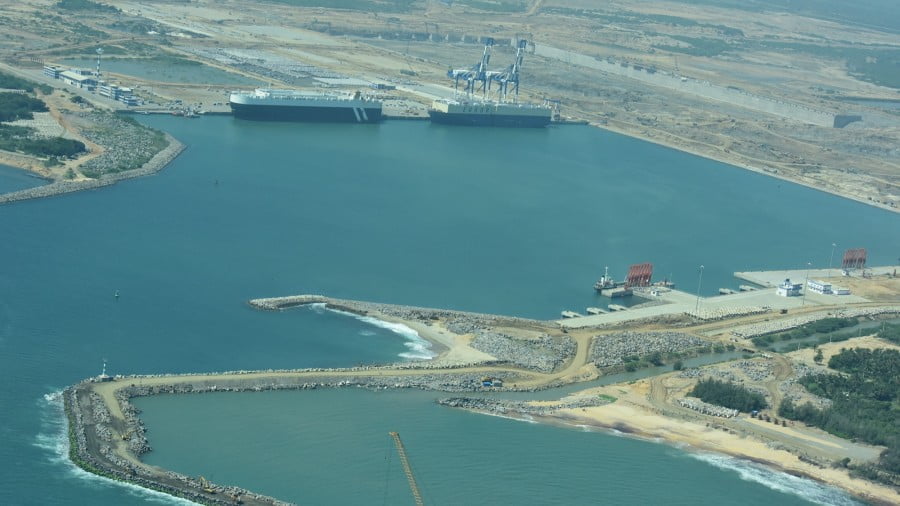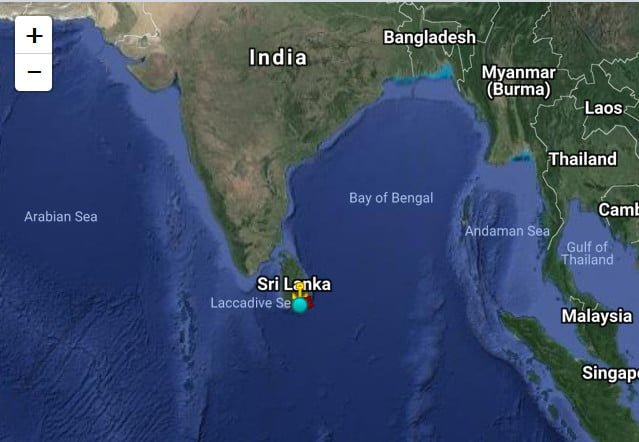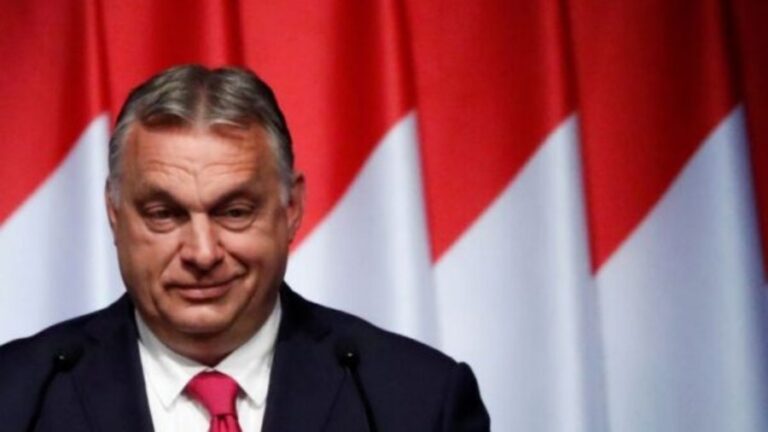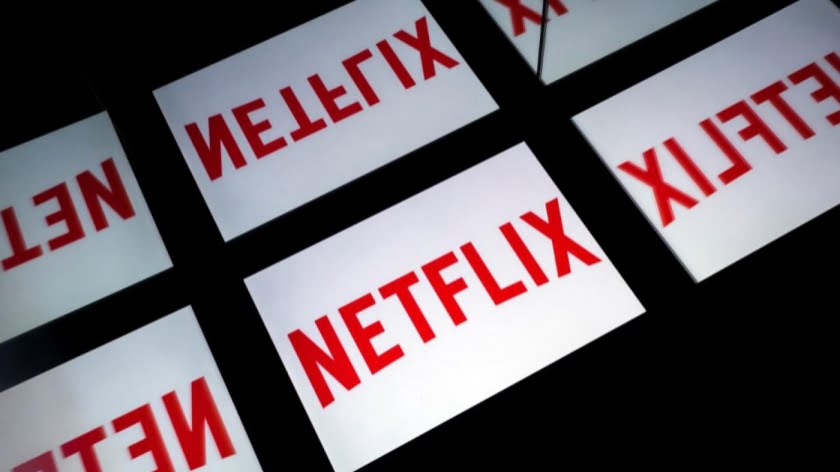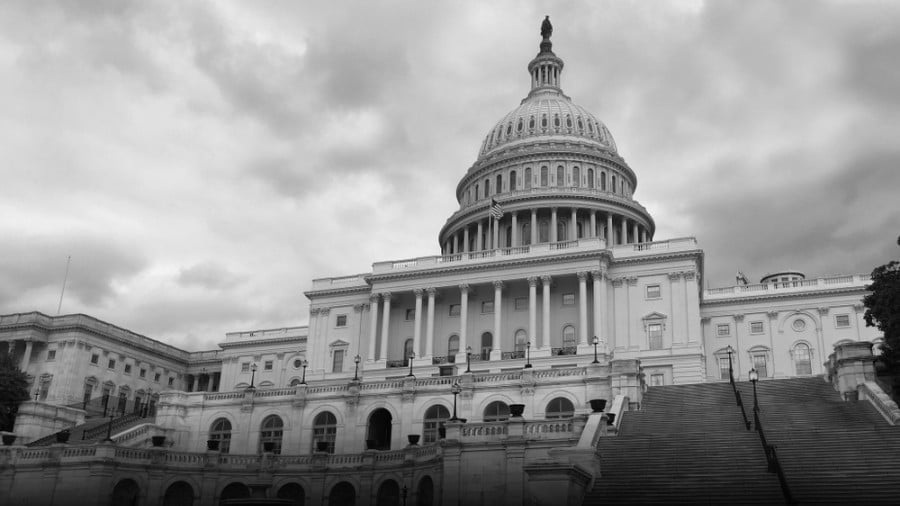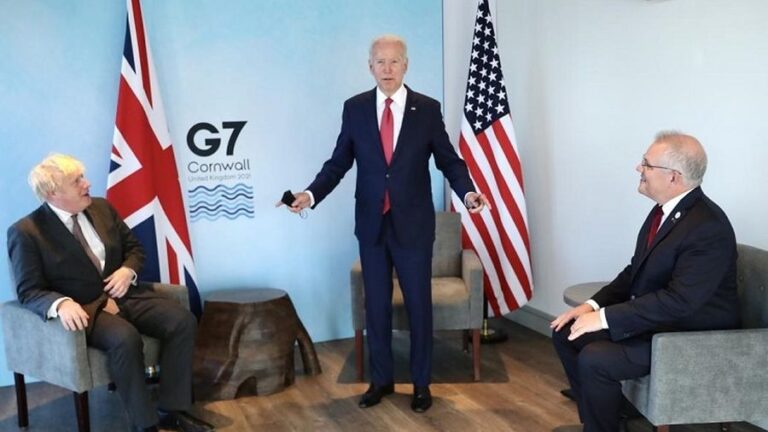China’s Port in Sri Lanka’s Is Good Business – The NYT’s Report On It Is Propaganda
‘China’s financial imperialism’ is a relatively new genre in western journalism. China is providing loans to other countries to build infrastructure. If those countries can not pay back the loans, China offers to lease and manage the infrastructure built with its money. That somehow is supposed to create a “debt trap for vulnerable countries”.
Yesterday the New York Timeslamented about Sri Lanka’s Hambantota Port Development Project:
Over years of construction and renegotiation with China Harbor Engineering Company, one of Beijing’s largest state-owned enterprises, the Hambantota Port Development Project distinguished itself mostly by failing, as predicted. With tens of thousands of ships passing by along one of the world’s busiest shipping lanes, the port drew only 34 ships in 2012.
And then the port became China’s.
Mr. Rajapaksa was voted out of office in 2015, but Sri Lanka’s new government struggled to make payments on the debt he had taken on. Under heavy pressure and after months of negotiations with the Chinese, the government handed over the port and 15,000 acres of land around it for 99 years in December.
The port is in a strategic location right alongside the shipping lines between Asia and the Middle East and Africa.
The U.S. does not like it that China is building infrastructure in such a strategic position. Instead of competing with it in the same field it is betting on propaganda and a more militaristic approach.
The first warning flag that the NYT piece is part of such propaganda is the quoted statistic. Why is it using a 2012 number of 34 ship arrivals for a port that only opened in late 2010? Ocean ports do not develop in just two years. It takes decades to develop their hinterland and businesses. Unlike Sri Lanka’s main port Colombo, which is specialized in container traffic and already congested, Hambantota was build to handle other goods:
In the first nine months of 2014, the number of vehicles handled at Hambantota crossed the 100,000 mark, up more than 300% compared to the same period in 2013, with the number of ship calls more than doubling to 161.
Currently about one ship per day, mostly large car carriers, arrive at Hambantota. Unlike container ships which stay only for hours, car carriers take a few days and to load and unload. Handling them requires a lot of personal. It is good business.
To show how “bad” the Chinese investment is the Times points to only 34 ships in 2012. But the 2017/18 number is at least ten times as big. Why wasn’t the new number used?
The propaganda continues:
The case is one of the most vivid examples of China’s ambitious use of loans and aid to gain influence around the world — and of its willingness to play hardball to collect.
Surely no other countries do such? Other countries do not use loans to gain influence? Other countries do not play hardball to collect?
The new government in Sri Lanka is less China oriented and more willing to listen to its big neighbor India. India does not like that its small neighbors develop with Chinese help. But it does not make the investments to compete with it. The Indian Center of Policy Research, also quoted by the NYT, is the loudest lamenter about “China’s debt-trap diplomacy”. It sets the tone of ‘western’ reporting. While it is partly financed by the Indian government its List of Granting Organisations (PDF, pg 47) also include the:
Bill and Melinda Gates Foundation, USA; William & Flora Hewlett Foundation, USA; Ford Foundation, USA; Oak Foundation; the Asia Foundation, USA, NAMATI Inc. USA; Omidyar Network Foundation, USA;
The NYT gives more scary numbers:
The Central Bank estimated that Sri Lanka owed China about $3 billion last year. But Nishan de Mel, an economist at Verité Research, said some of the debts were off government books and instead registered as part of individual projects. He estimated that debt owed to China could be as much as $5 billion and was growing every year. In May, Sri Lanka took a new $1 billion loan from China Development Bank to help make its coming debt payment.
Are $5 billion big money for a country with some 22 million inhabitants? Not in this case.
Sri Lanka’s net external debt to foreign countries is some $52 billion. The debt-to-GDP ratio is about 77%, lower than for most European countries. Over the last twelve years Sri Lanka received about $8 billion in loans from China some of which are already paid back. Its current obligations to China of about $5 billion are only 10% of its total obligations. All of the Chinese loans were bound to infrastructure development: power plants, ports, highways and airports. IMF loans Sri Lanka received come with political demands like increases of value added taxes. China does not set such conditions.
The whole NYT piece is based on old or partial numbers, cited without context, that do not reflect Sri Lanka’s real economic position. The country may have a long term debt problem, but China is not the cause of it.
One may be critical of China’s Belt and Road initiative which develops trade routes with the help of loans for infrastructure and long term leases. It is a form of commercial imperialism and many of its projects have some problems. But unlike ‘western’ financing it is neither bound to military allegiance nor does it come with overly political demands. The loans it provides are collateralized with the projects it is building. They create local employment and productivity. To call such loans ‘predatory’ or ‘debt traps’ is highly misleading.

